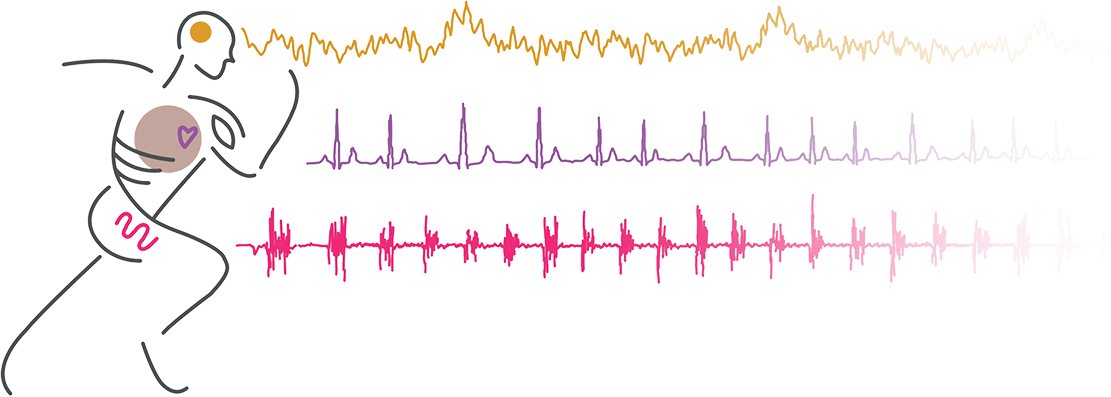Monitoring external load in elite male handball players depending on playing positions
Abstract
Monitoring workload is critical for elite training and competition, as well as preventing potential sports injuries. The assessment of external load in team sports has been provided with new technologies that help coaches to individualize training and optimize their team's playing system. In this study we characterized the physical demands of an elite handball team during an entire sports season. Novel data are reported for each playing position of this highly strenuous body-contact team sport. Sixteen world top players (5 wings, 2 centre backs, 6 backs, 3 line players) were equipped with a local positioning system (WIMU PRO) during fourteen official Spanish first league matches. Playing time, total distance covered at different running speeds, and acceleration variables were monitored. During a handball match, wings cover the greater distance by high-speed running (> 5.0 m·s-1): 410.3 ± 193.2 m, and by sprint (> 6.7 m·s-1): 98.0 ± 75.4 m. Centre backs perform the following playing position that supports the highest speed intensities during the matches: high-speed running: 243.2 ± 130.2 m; sprint: 62.0 ± 54.2 m. Centre backs also register the largest number of high-intensity decelerations (n = 142.7 ± 59.5) compared to wings (n = 112.9 ± 56.0), backs (n = 105.2 ± 49.2) and line players: 99.6 ± 28.9). This study provides helpful information for professional coaches and their technical staff to optimize training load and individualize the physical demands of their elite male handball players depending on each playing position.
Keywords: Accelerometer; Handball; IMU; Match analysis; Training load; Workload

